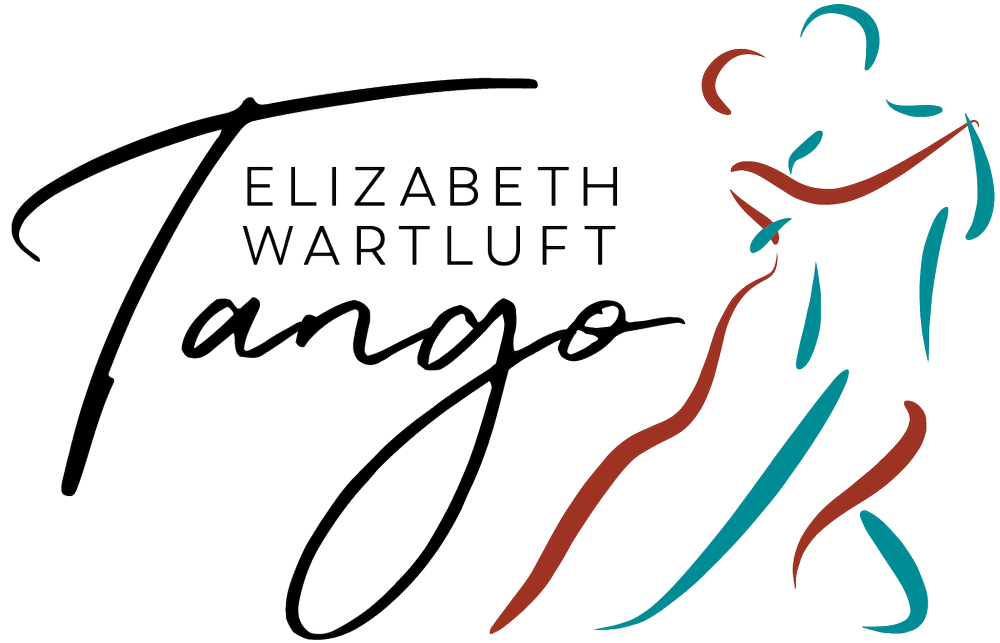During COVID, many of us are getting rusty in our tango. To combat this, let me share how I practice my pivots, ochos and turns. As many of you know, I tore an ankle ligament at the beginning of the summer. I am still working to get full flexibility and strength back in that joint (ah, middle age!), so I can’t just sit around and hope it’s going to improve without work.
Below is an explanation of how I practice to improve, but if you are like me, practicing is hard to do solo. I invite you to come to class this week and walk out the other end with better pivots for all your tango moves. We will be working on a combination of leader and follower drills for spinning, pivoting, swiveling and turning this week.
Classes this week (Pacific Time)
6:30 PM Tuesday: Turning over a new leaf: turns in milonga, vals and tango
Friday @ noon: Twist and shout: swivels, pivots and all that stuff
Drills for turn practice
Slow practice wires moves into your brain
Although we want to be able to dance any speed, dancing slow motion (BREATHE!) will get all the little details wired in better. I practice as slowly as possible, looking for parts of my move that need attention. Make sure that you are not starting slowly and speeding up!
Right now, I am doing this focusing on how I use my feet and ankles, to reestablish my technique, but I vary this from week to week. You can concentrate on:
foot articulation
unlocking your knees (or stretching them longer if you are “bend zee knees” kinda dancer)
opening your hips joints and making them stretchier to allow your hips to adjust from step to step
engaging your pelvic floor/deep core so that the top of your tango looks easy—even ‘though it’s not!
shoulder blades down, hugging into the body to support balance and torque better
long, stretchy axis from floor to ceiling!
breathing
Little by little works best
Rome was not built in a day, and neither is your tango. Each time you revisit an idea, you polish it and tweak it a bit, and improve teeny bit by teeny bit. Do FIVE minutes a day. Every day. Two tango songs. Dance while your brush your teeth! Balance while you do the dishes. Do adornos in line at the store—you can fit five minutes in, no matter what.
I also work part of my turn at a time. Front cross, pivot, side step; or side step, pivot, back step; not the whole thing. That way, you find little details that need attention instead of completing laps. It really works!
A little speed practice for survival
I challenge my strength, balance and technique by doing fast versions of what I’ve done slowly. Don’t expect perfection at high speeds: aim for survival first, and gradually build your ability. Put on a song that makes you WANT to go fast (Pugliese? a milonga? alternative? disco?) and go for it!
After all, we will need to go faster than we want sometimes on the dance floor when we get back to dancing with other humans (soon, soon . . . spring? summer? Get on that vaccine and fast testing, world!). People will ask: Who was that masked (wo)man?
Musicality and turns
Having nice turns that work with the music is an acquired skill. You have the ability to kill or to make wondrous any dance with your turn skills, especially a tango vals. What better time to learn the music better, than when we can’t go out to dance?!
Put that music on, and DANCE! And come to class and dance with us!
